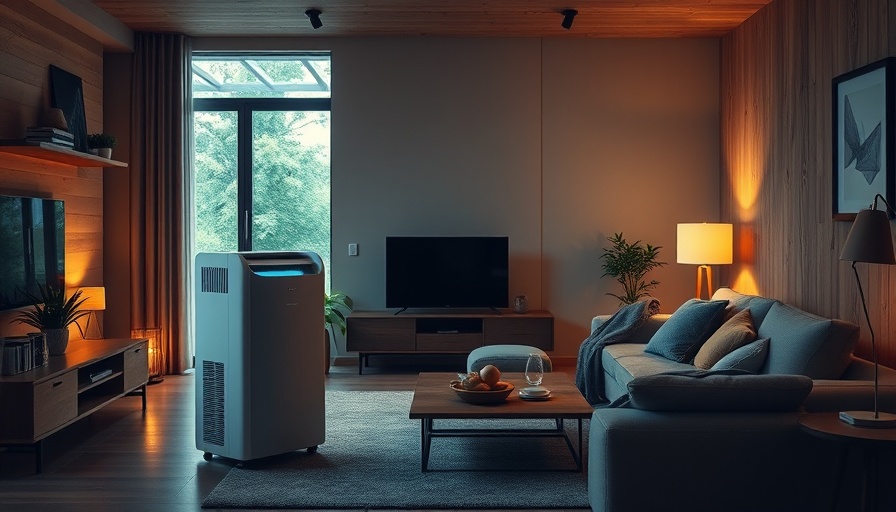
Understanding Humidity and Its Impact on Your Home
Living in a humid environment can significantly affect your comfort and health. High humidity levels, defined as moisture levels at or above 50-60%, create a sticky atmosphere that can promote the growth of mold, dust mites, and other allergens. These not only make your living spaces uncomfortable but can also cause health issues like respiratory problems and allergies.
Understanding moisture's role in your indoor air quality is crucial. Excess humidity doesn't just affect personal comfort; it can also damage the structure of your home, leading to costly repairs down the line. Moreover, high humidity encourages the proliferation of harmful indoor air pollutants, including volatile organic compounds (VOCs) and mold spores. Ensuring that your home maintains a balanced humidity level isn't just about comfort; it's about safeguarding your health and property.
Top Strategic Solutions for Humidity Control
To effectively manage humidity in your home, consider implementing these proven strategies:
1. Invest in a Dehumidifier
A dehumidifier is a vital tool for combatting high humidity levels and drawing moisture from the air. This appliance works by cooling the air and collecting the resulting water vapor, maintaining optimal indoor humidity. When selecting a dehumidifier, consider the size of the area you need to manage. Regular maintenance, such as cleaning filters and emptying the reservoir, will ensure your unit operates efficiently.
2. Optimize Ventilation for Better Airflow
Improving ventilation in your home allows for fresh air circulation, which helps reduce humidity. Open windows and doors whenever possible to promote airflow, and use exhaust fans in bathrooms and kitchens to expel moist air after showers and cooking. You might also consider portable fans to enhance air movement.
3. Seal Windows and Doors to Prevent Moisture Infiltration
Air leaks can allow humid outdoor air to seep inside, raising your home's humidity levels. Regularly check and replace weather stripping around your windows and doors where gaps may exist. Sealing these spaces effectively maintains your indoor environment's temperature and moisture.
Future Insights on Home Humidity Management
As climate change continues to impact weather patterns, homeowners can expect increasing humidity in various regions. This trend emphasizes the need for proactive humidity management strategies. Implementing advanced humidity control technologies, like smart dehumidifiers and humidity sensors, can significantly enhance your indoor living conditions.
Tools and Techniques for Assessing Humidity Levels
Accurate monitoring of indoor humidity levels is crucial for effective moisture management. Tools such as hygrometers can provide real-time digital readouts of indoor humidity and temperature. They are beneficial for understanding the humidity fluctuations and identifying the most humid areas in your home.
Common Misconceptions About Humidity Control
A prevalent myth is that air conditioning alone suffices to manage humidity levels. While air conditioners can reduce temperature, they may not address humidity effectively. Without proper ventilation and dehumidification, moisture can still accumulate, leading to issues like mold growth. Comprehensive solutions combining different strategies will yield the best results.
Actionable Tips to Maintain a Healthy Humidity Level
To create a comfortable atmosphere, it’s essential to regularly monitor and maintain humidity levels. If you notice damp spots, musty odors, or foggy windows, it’s crucial to act quickly. Simple measures like using moisture-absorbing houseplants, insulating cold surfaces, and regularly inspecting for leaks can significantly improve your indoor air quality.
By understanding the strategies to reduce humidity, you're not just enhancing your comfort but also protecting your health and your home. Take control of your indoor environment today by implementing these suggestions for a healthier, dryer living space.
 Add Row
Add Row  Add
Add 




 Add Row
Add Row  Add
Add 

Write A Comment